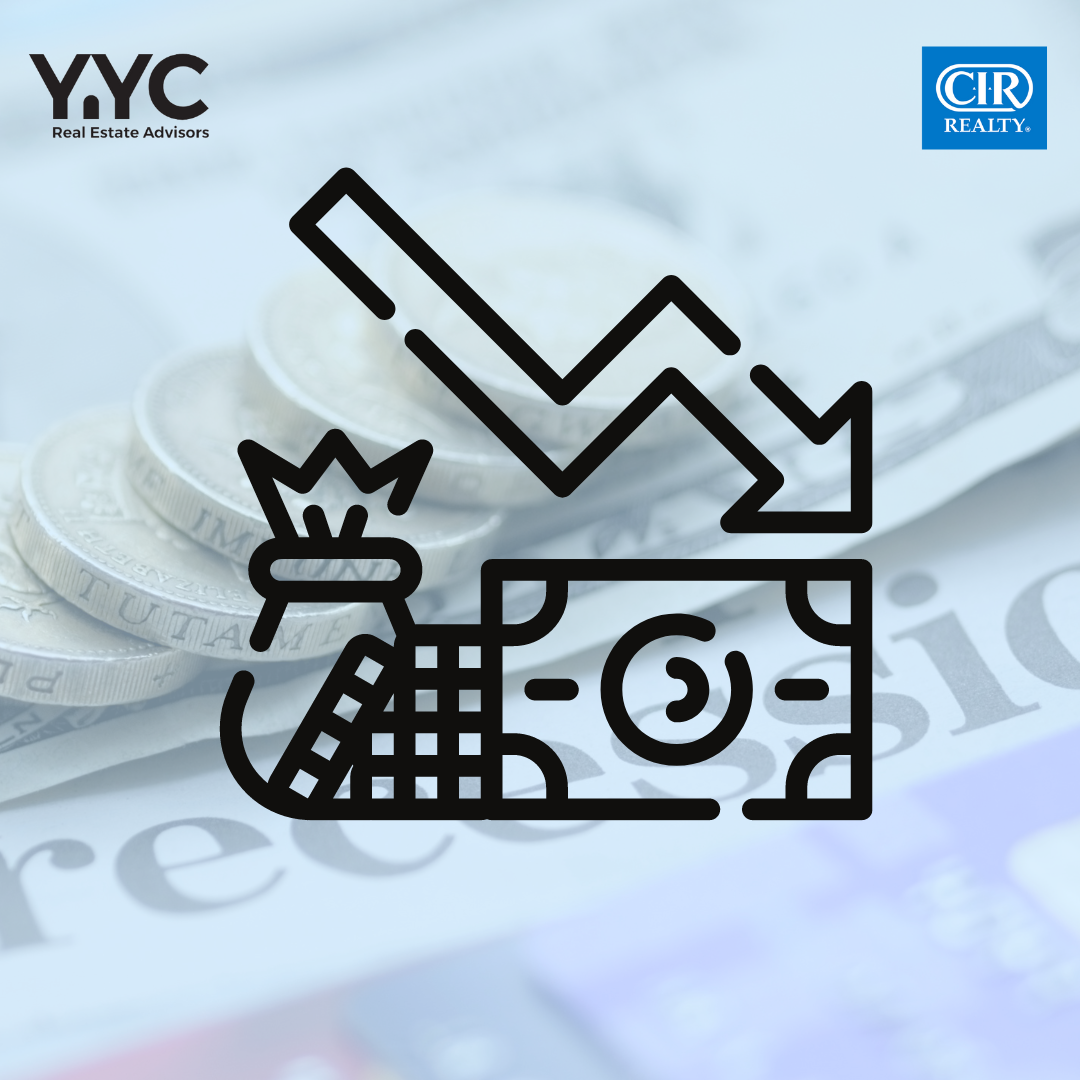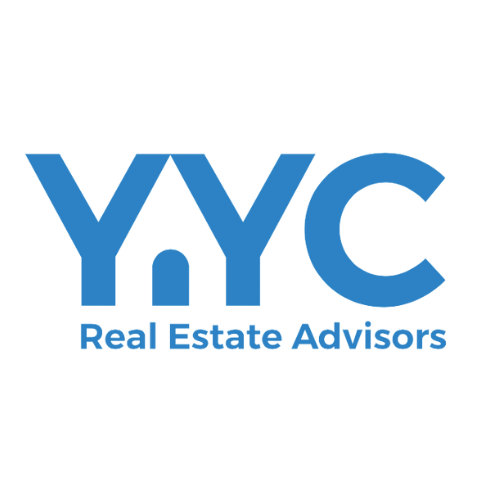Posted on
July 18, 2022
by
Kamil Lalji
The commercial real estate and housing markets move in a four-phase wave pattern known as the real estate cycle. Recovery, expansion, hyper-supply, and recession are the 4 phases of the real estate cycle. Whether you're a homeowner, renter, real estate investor, landlord, or real estate agent, knowing the real estate cycle will help you forecast future trends and make wise financial decisions.
The Origin
The term initially appeared when experts started researching housing market movements about a century ago. The federal government's regulation of national policy over the past few decades has led to a gradual evolution of the real estate cycle into the four stages we now know. Different real estate experts can utilize this cycle to forecast the ideal moment to buy, hold, or sell. Investors frequently use the real estate cycle, but it may also be helpful to agents, buyers, tenants, and others in the industry.
Phase 1: Recovery
The real estate cycle is circular; hence the recovery phase comes after the recession, even though the recovery phase is frequently referred to as the first phase. Since the vast majority of the public will still suffer from the impacts of a recession and have a gloomy outlook, identifying the cycle's recovery phase can be complex. To determine when the recovery cycle has started, experts look at trends like steady occupancy rises or increased demand. Investors in real estate must pay close attention to this stage and take immediate action when signs of recovery appear.
During this phase, many property owners will suffer from economic distress and may decide to sell their assets at a bargain. In order to take advantage of this recovery phase, investors tend to acquire these bargain-priced assets and hold them for future capital gains after the recovery phase is over. This is a great time to seize properties listed below market value.
Additionally, many investors implement the value-add approach to boost capital gain. The value-add strategy is when investors decide to renovate and upgrade their properties to add more value. Although risky, both methods can be advantageous, especially as market rent increases, which accelerates after the economy enters the expansion phase.

Phase 2: Expansion
The general public's confidence in the economy will start to recover during the expansion phase. As a result, there will be greater demand for homes and other spaces, rising occupancy rates and rental prices. Furthermore, there will be a steady increase in job growth and new real estate developments.
As prices and rents peak in this period, investors who purchased properties at a bargain during the recovery phase can collect their capital gains by selling those assets now. Interest rates will presumably be low, and funding will be easily accessible because of the positive economic sentiment. Strong leasing momentum can help investors achieve their targeted returns; therefore, many will take advantage of the low-cost financing and spend their time and energy constructing or renovating properties. Considering that there is a less perceived risk during the expansion phase, this is also a suitable period to obtain value-added investment properties.

Phase 3: Hyper Supply
The hyper-supply phase commences when demand and supply no longer are in equilibrium, and the supply exceeds demand. The enthusiasm to develop or redevelop properties has caused an oversupply in the market, and the prices gradually start to decrease due to insufficient demand. Strong economic factors may cause rental rates to remain high, but vacancy rates will increase. As long as market inventory is high, the growth in new developments will gradually decline.
During this phase, some investors with short-term holding objectives may be eager to sell because they are worried about the approaching recessionary phase. To survive the following stage, one must adopt an opportunistic approach. Many investors implement the buy and hold approach. Locating properties that could withstand the impending storm, then selling them when the storm has passed, and the timing is appropriate, is a common and effective strategy.
Before the economy eventually enters the recession phase, the hyper-supply period often lasts for a very long time.

Phase 4: Recession
The early 2000s severe financial crisis, followed by a protracted recession, left the entire country in chaos for several years. During a recession, the supply of available properties outweighs the demand, which causes a sharp decline in real estate prices. The majority of landlords will experience difficulties due to increased vacancy rates, decreased rents, and a decline in rental income. The economic downturn will also result in higher unemployment rates, and tenants may seek rent breaks or reductions to stay. Consequently, some landlords are obliged to offer lower rent in an attempt to attract or keep tenants who are also experiencing the effects of the recession.
Investors can benefit from the low real estate prices during a recession and purchase homes at a bargain. Due to a lack of market liquidity and demand, investors should be aware that this phase is considered high-risk and will likely have to wait for a considerable and indefinite length of time until property values reach a peak.
Once the downturn has passed, the real estate cycle circles back, and the market starts to recover and eventually expand.












